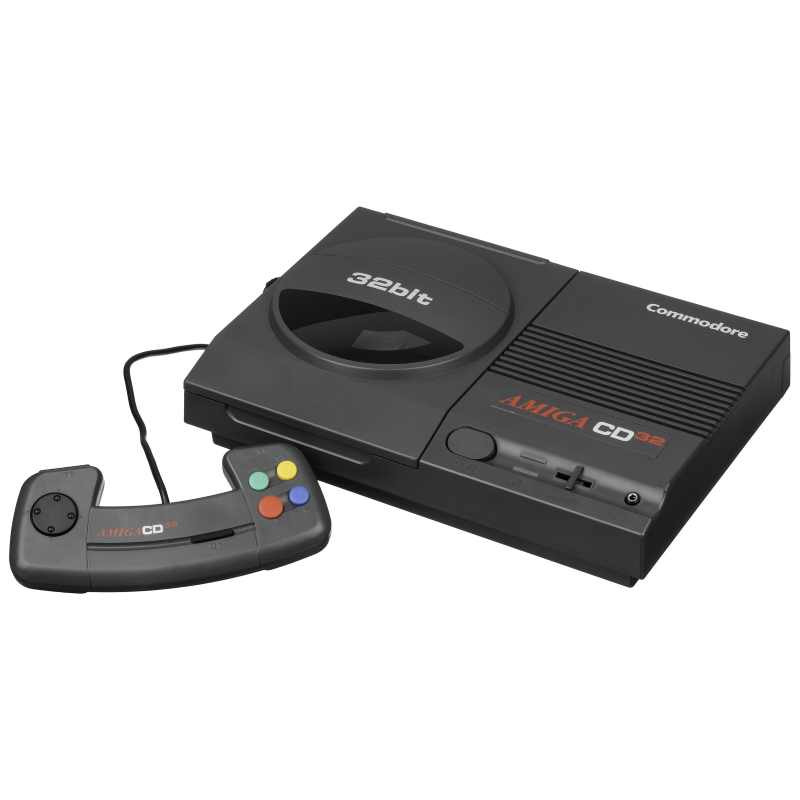|
History
Commodore was founded in Toronto, Canada in 1954 as the Commodore Portable Typewriter Company. The company then shifted into producing electronic calculators in the 1960s to finally computers in the late 1970s. In 1982, they released their famous Commodore 64, that would hold the brand for a decade. In 1984, Commodore acquired Amiga, one of their more fierce competitor who was in financial trouble at the time. With the acquisition of Amiga, Commodore was well positioned to dominate the computer video game market. But with the advent of the Nintendo Famicom and the Sega Mark III, the Commodore was starting to lose customers, especially in North America when the IBM PC-compatible were taking the lead while the gaming community had moved to console. In December 1990, Commodore released the Commodore 64 Games System, a system based on their Commodore 64, released 8 years ago. The system was a commercial failure. A few months after, Commodore released the CDTV, a home multimedia entertainment and video-game console, this time based on the very popular Amiga 500 (which released in 1987). The system was another fiasco for Commodore who needed a win to stay afloat. Commodore decided to try the same thing one more time and create a console based on one of its computers. This time, they decided to go with the Amiga 1200 which has just been released (October 1992).
Release
Released on September 16, 1993 in Europe, the Amiga CD32 had a very successful launch. Being release on the Amiga hardware, meant that all the CDTV games were compatible with the Amiga CD32. It also meant that it was very easy for publishers to port Amiga 500 and Amiga 1200 games to the CD32. By Christmas 1993, the Amiga CD32 was the most CD-based console in the UK, accounting for 38% of all sales. In 1994, Commodore decided to expand the Amiga Cd32 territories to the U.S., Canada and Australia either late February or early March. But at the same time, Commodore lost a patent infringement case against Cad Track for their use of their XOR patent (U.S. Patent 4,197,590). Commodore was sentenced to pay 10 million in royalties to Cad Track. To enforce the prompt payment of the 10 million, a federal judge ordered an injunction against Commodore preventing them from importing anything into the United States. The problem is that Commodore was stranded for cash. They had bet everything on the success of the Amiga CD32 and while they had a full inventory of console ready to be shipped in the U.S. in the Philippines (where the factory was located), they couldn’t import them.
Demise
Although the console was very powerful for its time, most games were rushed port of Amiga 500 games which didn’t look as impressive at they could have been. With the upcoming release of the Saturn and the PlayStation, the international sales of the CD32 started to decline. The company had to sell over 300,000 units to avoid bankruptcy, but had only sold around 100,000 in Europe and a few thousands more in Canada. On April 29, 1994, Commodore declared bankruptcy. The factory in the Philippines kept the units (NTSC units that were waiting to be sold in the U.S. and Canada) until the debts owed to the owners of the facility were settled. These model found their way back in the U.S. through discount and mail-order store.
Games
As the death of the console, the Amiga CD 32 had an impressive library of 175+ titles, exuding shareware.
Ad for the Amiga CD32

